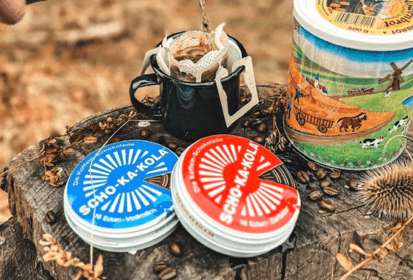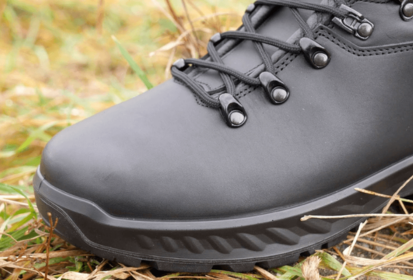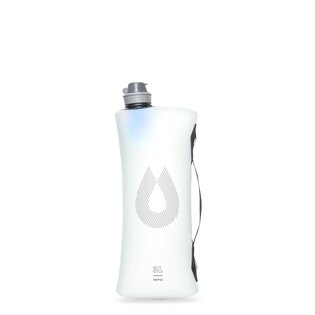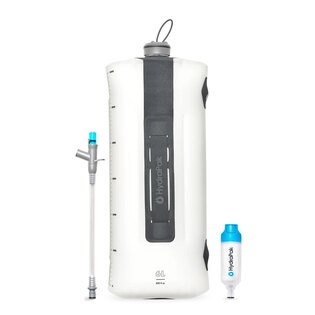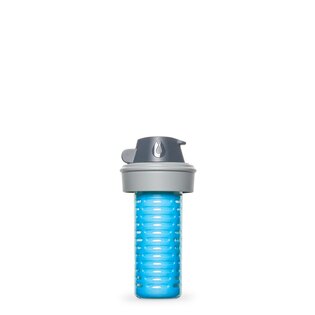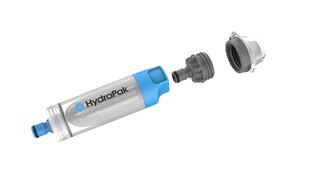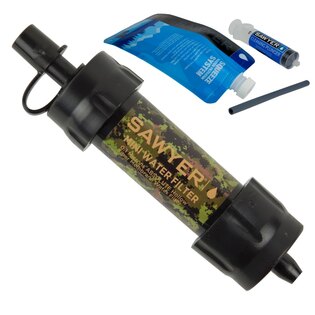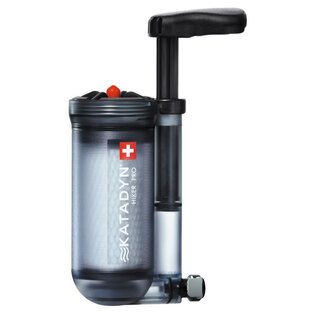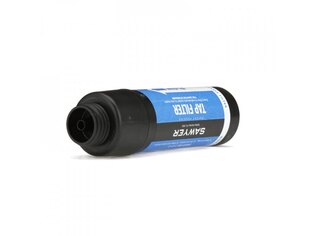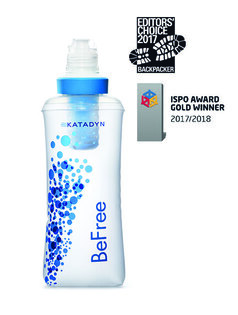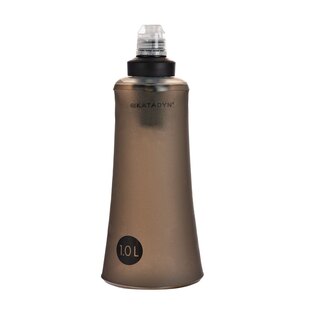Is it safe to drink from the river? Several tips to identify a safe waterway
In one of our previous articles, we discussed how to find water sources in the wild and how to treat water to make it drinkable. While we concluded that flowing water is generally the safest option in terms of bacterial contamination, even the crystal-clear water of a fast-flowing mountain stream can sometimes cause intestinal issues. So let's take a closer look at how to identify a safe water source.
Drinking Water from a River?
Let’s start with an important truth: no river or stream is ever 100% safe for drinking. Even though in remote parts of the world rivers and streams are often drunk from directly, it’s always at your own risk. Who could resist the refreshing waters of an Alpine brook, a Norwegian waterfall, a Siberian river, or a mountain stream in the Ore Mountains? However, you never truly know what lies upstream — a dead animal, fields fertilized with manure, or a herd of livestock. Here are a few tips to help you choose a safer water source.
The Higher, the Better
Mountain streams, small brooks, or springs running down rocky slopes typically offer the cleanest water and are often safe for immediate consumption. As altitude increases, the chances of pollution drop significantly. In high mountain areas, the risk of chemical contamination by human activity is practically zero. Biological contamination remains the greater concern. The best water is usually found above the tree line, where there’s little to no livestock grazing and where streams flow freely over rocky beds.
In mountainous regions, water often comes from melting snowfields or glaciers rather than underground sources. However, avoid drinking meltwater right at the glacier's base long-term — while it's usually clean, it is highly demineralized. Water gathers vital minerals only as it flows over rocks downstream.
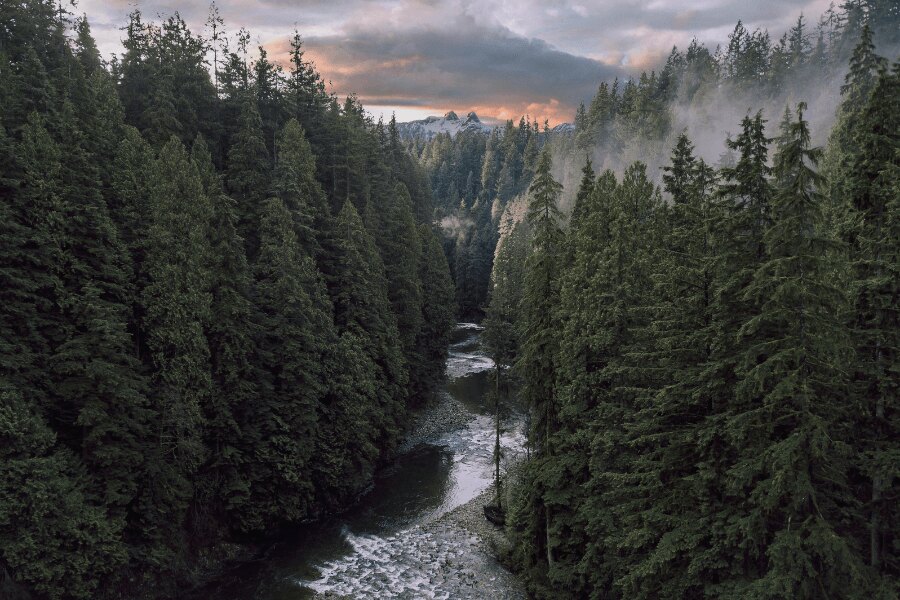
Mountain River
Riverbeds and Bottoms Matter
Water drawn from rivers with rocky or sandy bottoms is generally safer. Fish thrive in such environments, while bacteria and aquatic plants that can degrade water quality struggle. If you must collect water from a muddy-bottomed stream, do so only as a last resort.
Geography, Temperature, and Local Habits
In tropical regions, the rules for obtaining safe drinking water differ greatly from those in temperate or northern latitudes. Cold temperatures in northern areas make remote Siberian rivers a safer bet than even the clearest-looking stream in Senegal, where parasites are a real danger. However, don’t blindly trust mountain streams in Asia either — poor hygiene standards in countries like Nepal or India mean that a small Himalayan stream could leave you seriously ill.
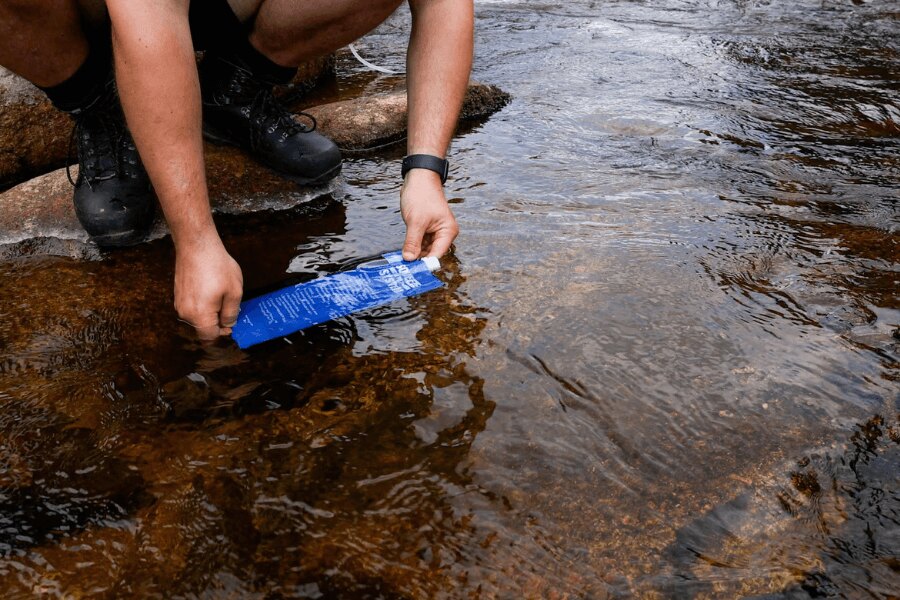
Water Filter.
Key Guidelines for Collecting Water from Rivers and Streams
- Smaller is often better: If you have a choice between a large river and a smaller tributary that appears similarly clean, opt for the smaller stream. Shorter waterways have less chance of contamination.
- Check upstream: Before filling your bottle, walk a few hundred meters upstream. Look for anything unusual — stagnant water, foam, dead fish. Just because the water looks fine where you are doesn’t mean it’s clean upstream.
- Choose the right spot: Collect water from fast-flowing sections on straight stretches of the river. Avoid eddies, pools, and meanders. If it’s a large river, try to draw water away from the shore where sediments tend to accumulate.
- Look for life: Healthy aquatic life — especially sensitive species like trout in the upper river sections — suggests good water quality. Rivers are divided into different sections (source, upper, middle, lower, mouth), and the upper sections generally have the best drinking water quality.
- Observe bioindicators: Certain plants and animals thrive only in clean water. Species like mayflies and river crayfish are indicators of chemical cleanliness, although not necessarily biological purity.
- Be skeptical: Unless you are in a survival situation, treat every stream as potentially unsafe for direct drinking. Always purify the water when possible — better safe than sorry.
- Filter the water: Many modern water filters (ceramic, nanofiber — such as the Sawyer Mini) allow you to produce safe drinking water within minutes, even from questionable sources.
Final Thoughts
Streams and rivers, along with verified springs and underground sources, are some of the best natural water sources — certainly preferable to ponds, puddles, or other standing water. However, caution is essential, even with the clearest rivers. If you have a water filter or the ability to boil the water, always do so before drinking.
Readers are further interested
